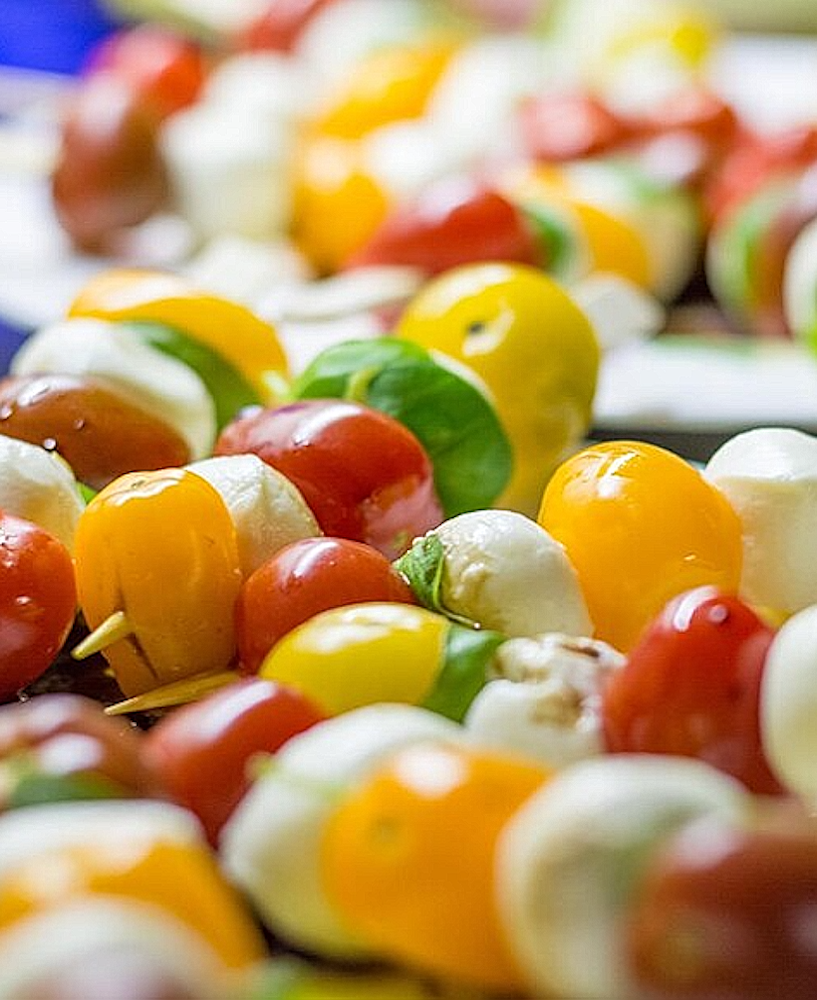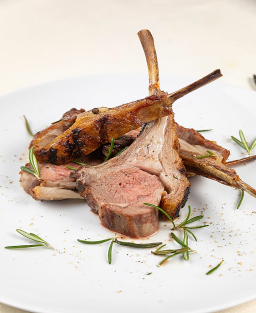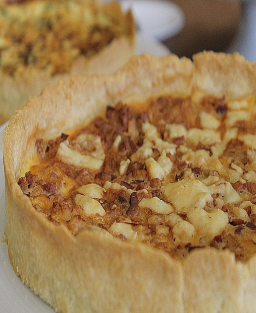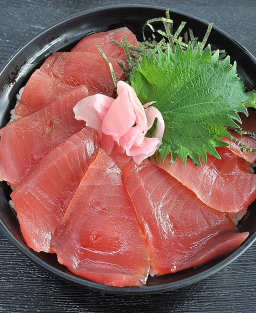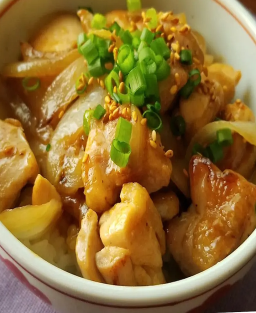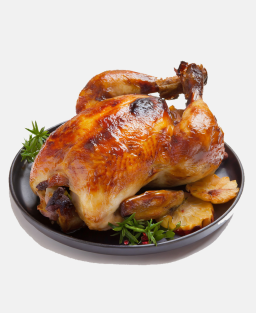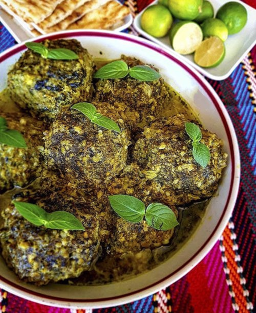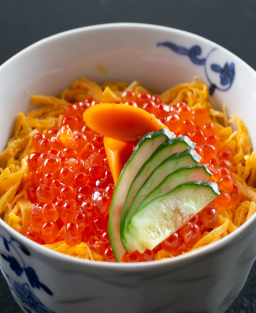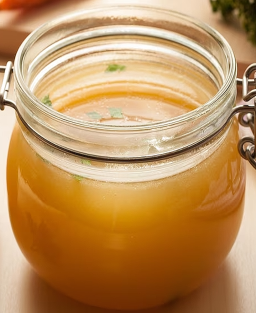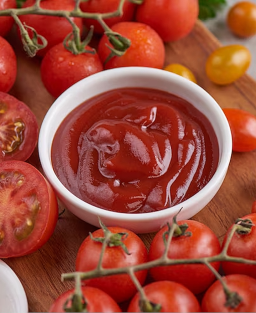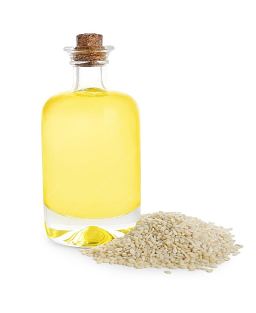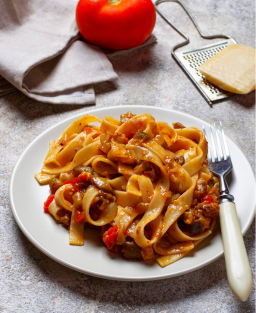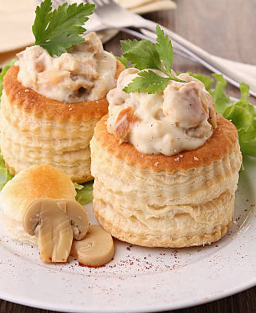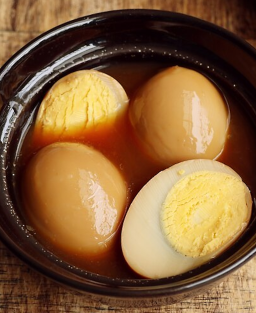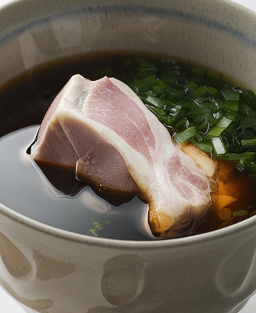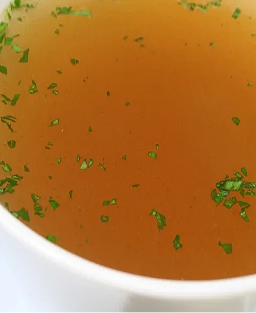- Out-of-Stock
Traditional Chinese Recipe for Tanghulu: Candied Fruit Skewers – An Authentic Treat, une gourmandise authentique
Traditional Chinese Recipe for Tanghulu: Candied Fruit Skewers – An Authentic Treat
About Tanghulu
Tanghulu (Simplified Chinese: 糖葫芦; Traditional: 糖葫蘆; Pinyin: táng húlu), also known as bing tanghulu (冰糖葫芦) in Beijing or tangdun (糖礅) in Tianjin, are traditional Chinese snacks originally made from Chinese hawthorn berries. These fruits, called shānzhā (山楂) in Chinese, are widely grown and easily found in China, but are less common in Korea and quite rare in Japan. The fruits are skewered on sticks and coated with a hard, crunchy sugar shell.
Tanghulu are especially popular in northern China, particularly in Beijing and Tianjin, and are traditionally enjoyed in winter. However, in the southern tropical regions, they are now available year-round.
Sold by street vendors, Tanghulu resemble toffee apples (or candy apples) known at French funfairs—fruits coated in caramelized sugar on a stick. However, the romantic "love apple" association is unique to French culture.
This specialty dates back to multiple Chinese dynasties, with folk tales describing it either as an imperial reward during the Sui Dynasty or as a medicinal remedy during the Song Dynasty. The first reliable historical mention comes from the 18th century during the Qing Dynasty.
Today, Tanghulu are made with a variety of fruits, offering a sweet, crunchy, and refreshing treat enjoyed all year long.
There’s even a famous song titled “Bīngtáng Húlu” inspired by this treat.
History
Several legendary origins exist, likely the product of imaginative and savvy merchants over the centuries.
Origin during the Sui Dynasty (581–618)
According to legend, the imperial court rewarded high-ranking officials and deserving soldiers with skewers of sugar-coated hawthorn fruit. This practice supposedly spread among the people and became a beloved popular snack.
Origin during the Song Dynasty (960–1279)
Another tale tells of Emperor Guangzong, who sought a cure for his favorite concubine’s illness. An imperial proclamation invited citizens to suggest remedies. A traveling doctor recommended a simple recipe: hawthorn fruits cooked in water with rock sugar. The remedy worked, and the recipe gained popularity among the people, evolving into today’s tanghulu.
First Reliable Historical Record
The earliest reliable historical reference to tanghulu appears in the Qing Dynasty (1644–1911), in a text titled “Yan Jing Sui Shi Ji” (燕京岁时记), written by Fang Bao (方苞).
How to Make Tanghulu
Ingredients:
-
Fresh fruits (e.g., strawberries, kiwis, grapes, apples, blueberries, etc.)
-
200g granulated white sugar
-
100ml water
-
Wooden skewers
Step 1: Prepare the Skewers
-
Choose fresh, firm, ripe fruits that can hold their shape when heated.
-
Wash the fruits thoroughly to remove any dirt or residue. Dry them completely with a clean towel or paper towels – moisture will prevent the caramel from sticking properly.
-
Thread the fruits onto wooden skewers. Mix colors and flavors for a beautiful presentation (e.g., strawberries, kiwi, grapes).
Step 2: Make the Sugar Syrup
-
In a heavy-bottomed saucepan, combine 200g of sugar and 100ml of water, maintaining a 2:1 ratio of sugar to water.
-
Heat over medium heat without stirring, until the sugar melts and the mixture begins to bubble.
-
Monitor the syrup closely. Let it cook until it reaches a golden amber color (or between 150–160°C / 300–320°F if using a candy thermometer). This stage is crucial for a glossy, crisp coating.
-
Remove the pan from the heat as soon as the desired color is reached, to prevent the caramel from burning and turning bitter.
Step 3: Coat the Tanghulu
-
Prepare a bowl or pitcher of ice-cold water with ice cubes nearby – this will help the caramel set quickly.
-
Carefully dip each fruit skewer into the hot caramel, rotating to fully coat all the fruit. Be extremely cautious – the caramel is very hot!
-
Immediately plunge the skewer into the ice water to harden the sugar coating and form a crisp shell.
-
Let the skewers sit in the cold water briefly, then place them on a cooling rack or parchment paper to drain.
Step 4: Serving and Storing
-
Serving: Tanghulu are best enjoyed immediately after preparation, while the sugar coating is still crunchy.
-
Storage: If needed, store in an airtight container in the refrigerator, placing parchment paper between skewers to prevent sticking. They’ll keep for 1–2 days, but the sugar may soften due to humidity, so it’s best to eat them fresh.
Tips for Perfect Tanghulu
-
Use a candy thermometer to precisely control the caramel – aim for 150–160°C (hard crack stage).
-
Make sure the fruits are completely dry – moisture ruins the caramel coating.
-
Work quickly during the coating process, as the sugar syrup hardens fast.
-
Vary the fruits based on the season for a colorful and personal touch.
-
For an extra indulgent version, sprinkle with sesame seeds or crushed nuts before the caramel sets completely.











